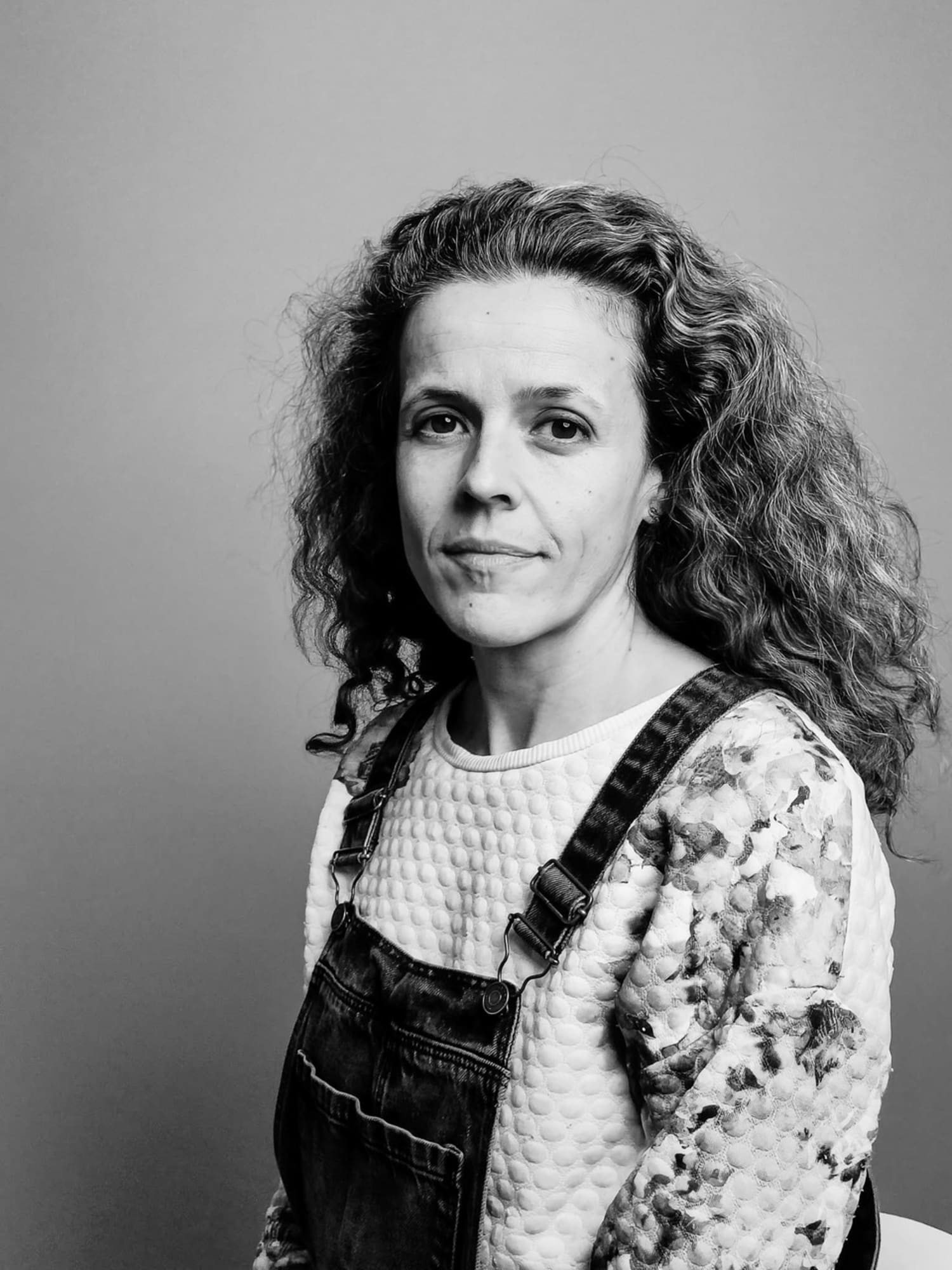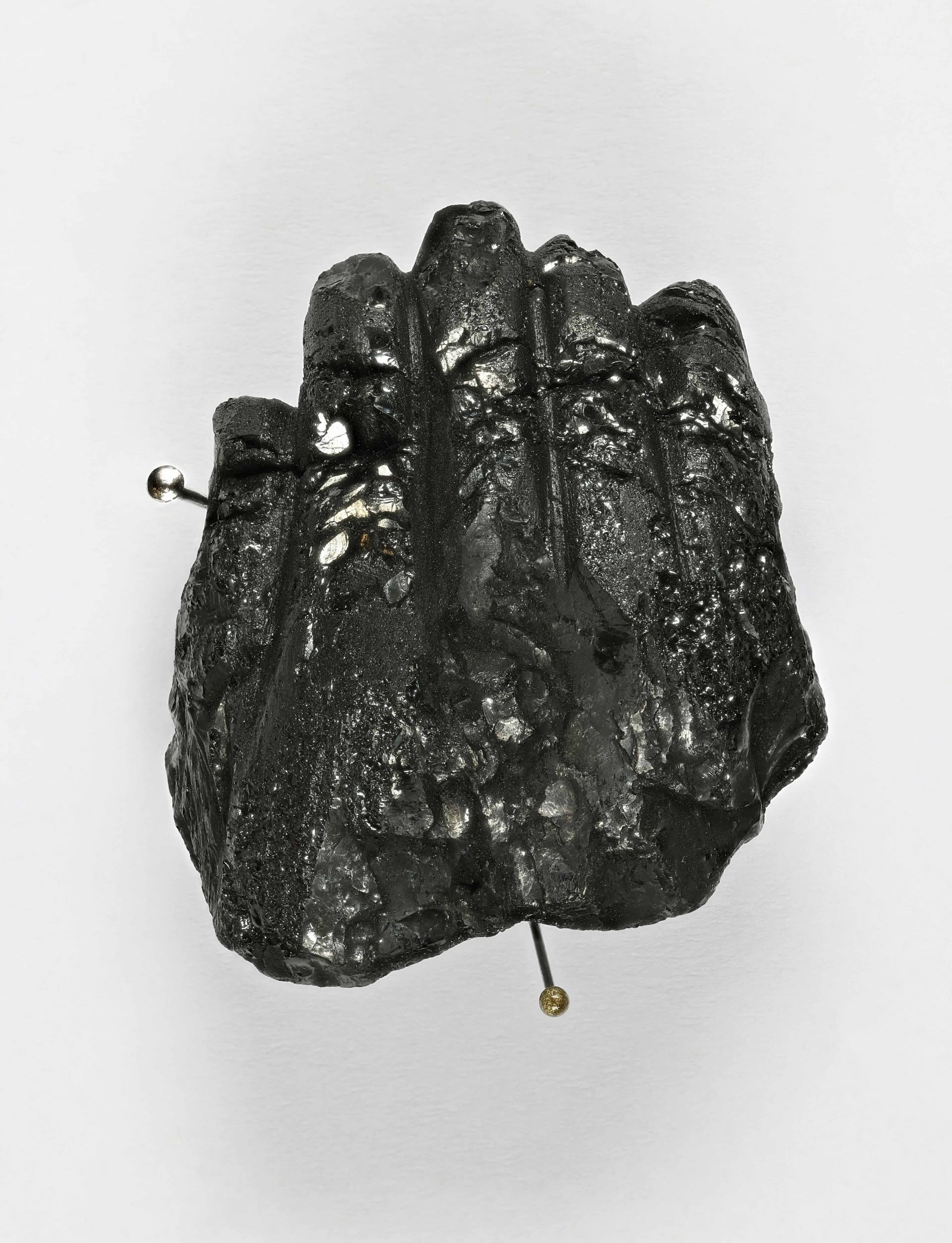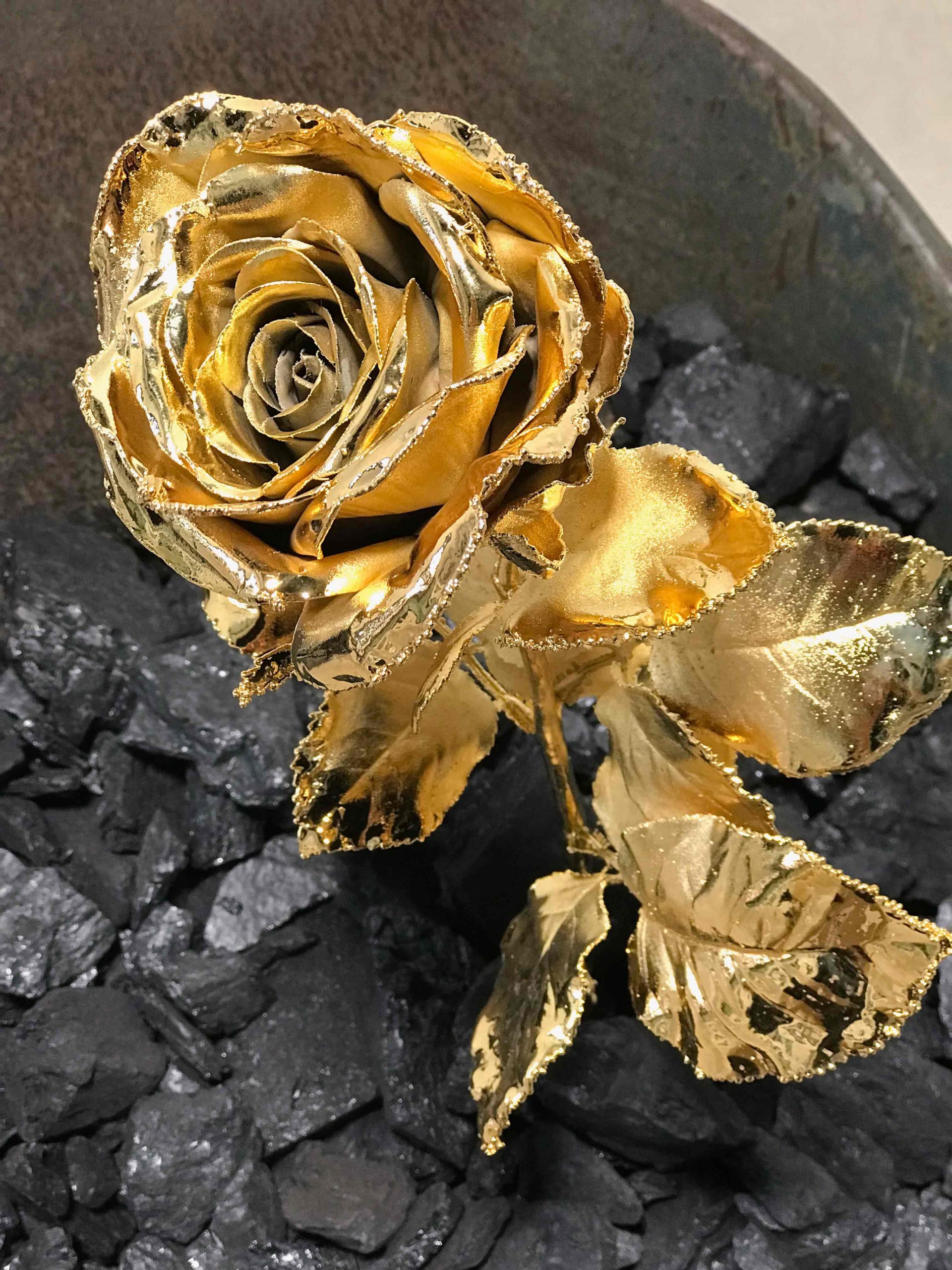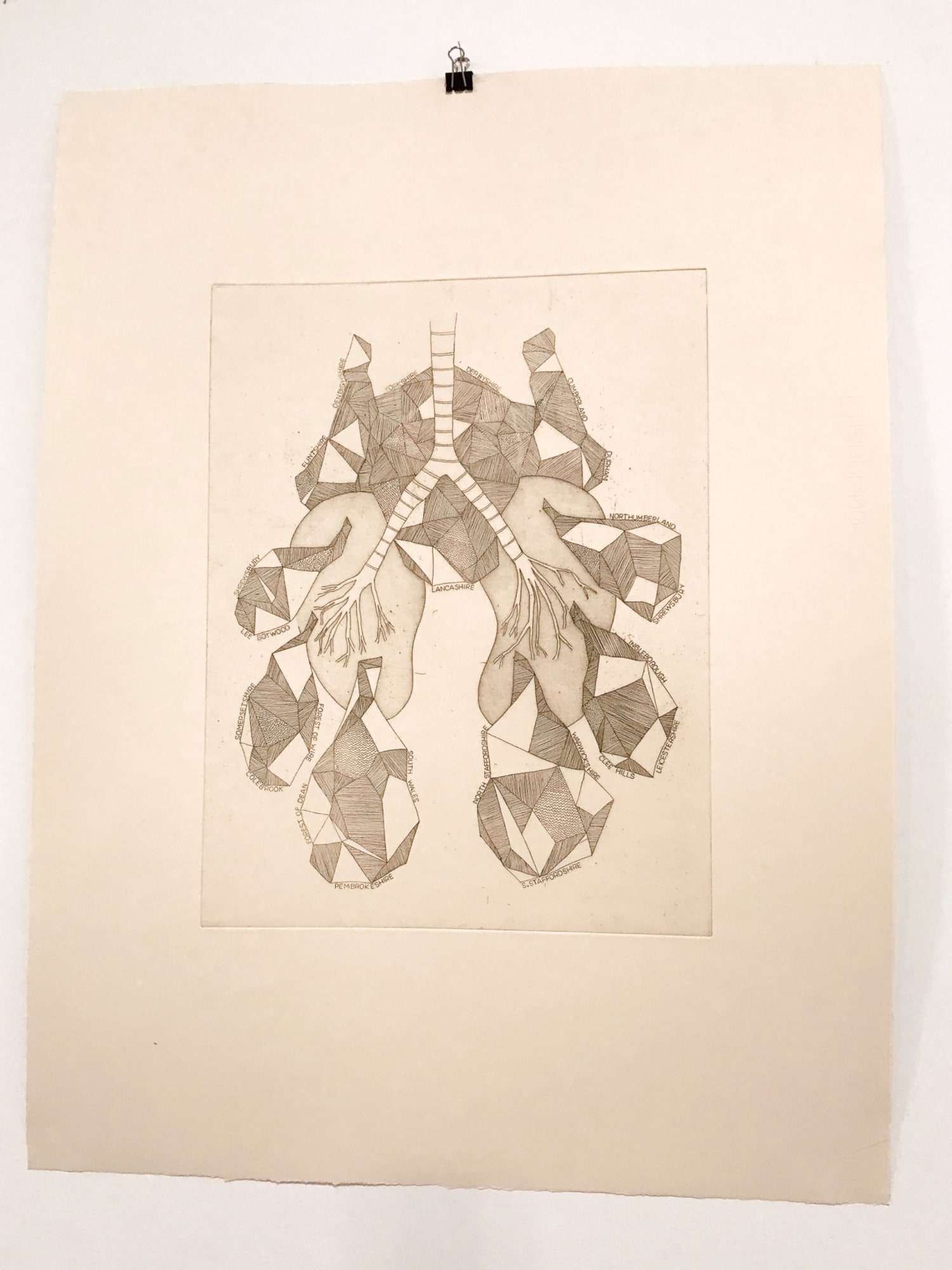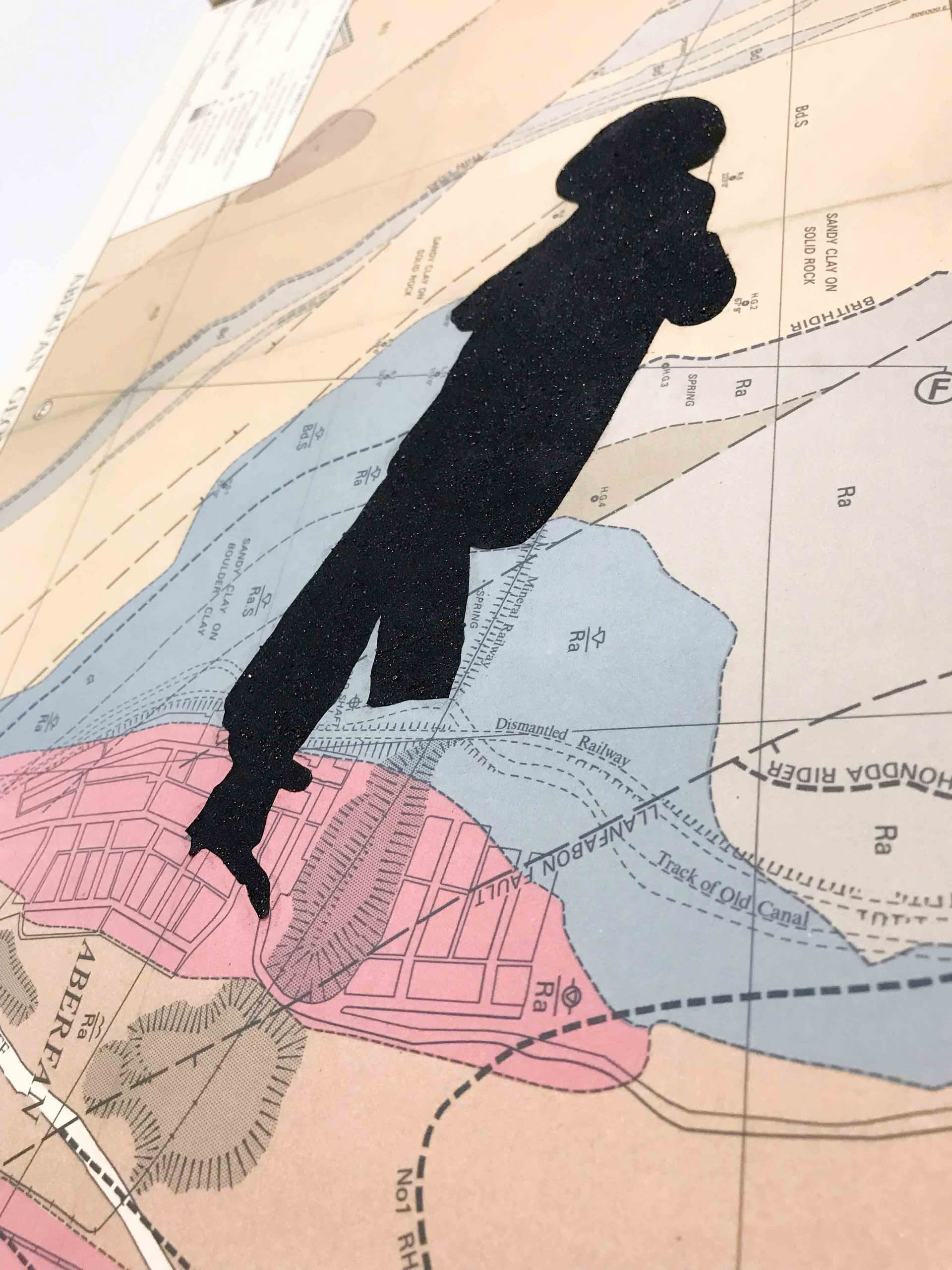Arabel Lebrusan (Madrid, 1974) is a visual artist working in sculpture and jewellery based in the UK. Focusing on transforming materials into physical metaphors — such as mercury used in gold mining into a doll’s hand to raise awareness about child labour in mining, or a lump of coal into a brittle canary bird to echo the fragile bodies that are lost to this extractive practice — she seeks to amplify the voices of the people and the land falling through the cracks of the system.
In 2021 she was awarded a research fellowship at the Centre for Spatial, Environmental and Cultural Politics at the University of Brighton for her 2-year long project “Toxic Waves”. During her time at the RCA, Arabel has continued her explorations into extractivism, specifically coal mining, through the lens of ecofeminism, ecological grief and social history.
She has exhibited and developed projects at Standpoint (2023); The Higgins Bedford (2021); Brighton CCA (2021); Women’s Support Centre, Surrey (2021); Museum of St Albans (2015); St Paul’s Square, Bedford (2012); Crafts Council (2008); Tent, Rotterdam (2004); Lunâ Art Collective Gallery, Cebu (2004); Gesundbrunnen bunker, Berlin (2000). Her TEDx talk on ethical jewellery and her campaign raising funds for Global March against Child Labour are examples of her international activist work. She was also awarded Designer of the Year (2022) by the National Association of Jewellers, UK and was the winner of Eastern Approaches (2014) at UH Galleries, Museum of St Albans.

